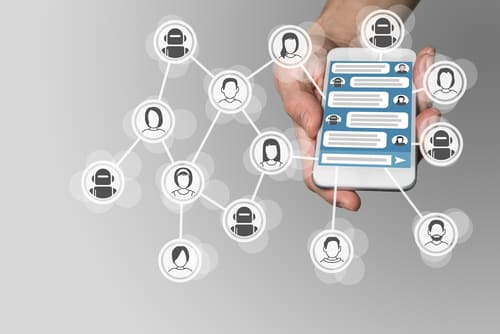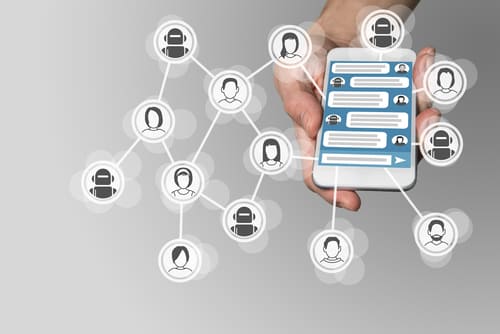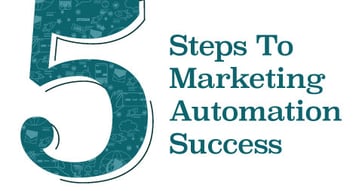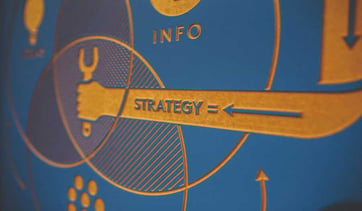Chatbots are something that needs to be considered in modern digital marketing campaigns. They are very useful for campaigns where massive inquiries and massive responses are expected but can also be used successfully in low volume campaigns where the few visitors that arrive at a website or a social network page and need to be attended promptly. A correctly programmed chatbot can save time and effort from community managers and can provide a fast response to visitors inquiring about a product or service or an offer or promotion.
Nevertheless, when we think about chatbots, we usually think about technology and the advanced automation engines that support and drive the chatbot options. While that is correct and these new resources are massively powered by automation and artificial intelligence technologies, marketers have to explore several traditional marketing aspects before they engage in programming and configuring a chatbot.

A chatbot is only a means of automating something that would otherwise be done by humans, and this automatization means that you need to think deeply about customer journeys. A chatbot drives the visitor through a carefully crafted journey and to make that journey successful, a deep understanding of the target market is needed. As it happens with many of the digital strategies, it all starts with persona analysis.
The persona analysis and description will define the different journeys through which a visitor can be taken. Therefore, marketers should pay careful attention to the questions or options that a chatbot will present to a visitor to detect their persona, the path they should be directed to, and the steps that comprise each of those paths.
Once the different personas are described, the best way to define the path and the steps along each journey is to talk to salespeople, customer representatives, inside sales agents, customer support agents, and community manager. A session with them will help you map the questions and inquiries that each persona wants to have answered or solved and such a map will be the foundation of a chatbot programming.
Each step that a human representative would have taken with a visitor needs to be translated into an automated action that can be reproduced so the chatbot can behave like a human representative. The more options you provide and the more detailed the journey is programmed, the better the experience for the visitor.
A good chatbot implementation will result in an action performed by the visitor. The visitor will feel promptly served, and your company will have better results and a cost-effective operation that can operate for many customers at once.
Usually, each of the journeys that can be presented to a visitor will have various steps, and for each step, a specific material needs to be developed. In some of them, a quick text answer can be provided, but in other ones, you might need more elaborate materials like digital brochures, papers, articles, videos, etc. So imagine that you have three personas. The journey of each of those personas can have three different options. For each option, if you have an average of four steps, then your complete map might have 36 (3*3*4) actions that you need to program in a chatbot. For each action, you will need from a basic text answer to a more elaborate resource. I am sure you get the picture - it's not a basic task.
The process becomes more complex as special conditions start to be combined. If visitor A that fit persona X, answered “yes” to the first question, but then answered “no” to the third question, then…
So, as you see, aside from the natural complexity of the programming itself, the logical process map is more important. Being able to think how the different types of visitors will move through a tree of options, is key. The map will be the input for the chatbot programmer if the tree is incomplete or does not consider all journeys, steps, and conditions, then the chatbot will behave in a manner that will not make the visitors feel at ease when navigating the site or when “talking” through the messenger window. A bad journey map will result in a bad chatbot.
Considering chatbots requires that we all think as marketers and do our homework understanding our visitor, and then requires the necessary technical skills to transform that knowledge into programmed and automated actions that can be driven by a chatbot.
Once again, the marvelous advances in technology rely on the knowledge and the intuition of a marketer that can put the digital platforms to good use.
Do you agree with the author's opinion? Let us know in the comments or chime in on Twitter, we’re always discussing this stuff @wsiworld.






